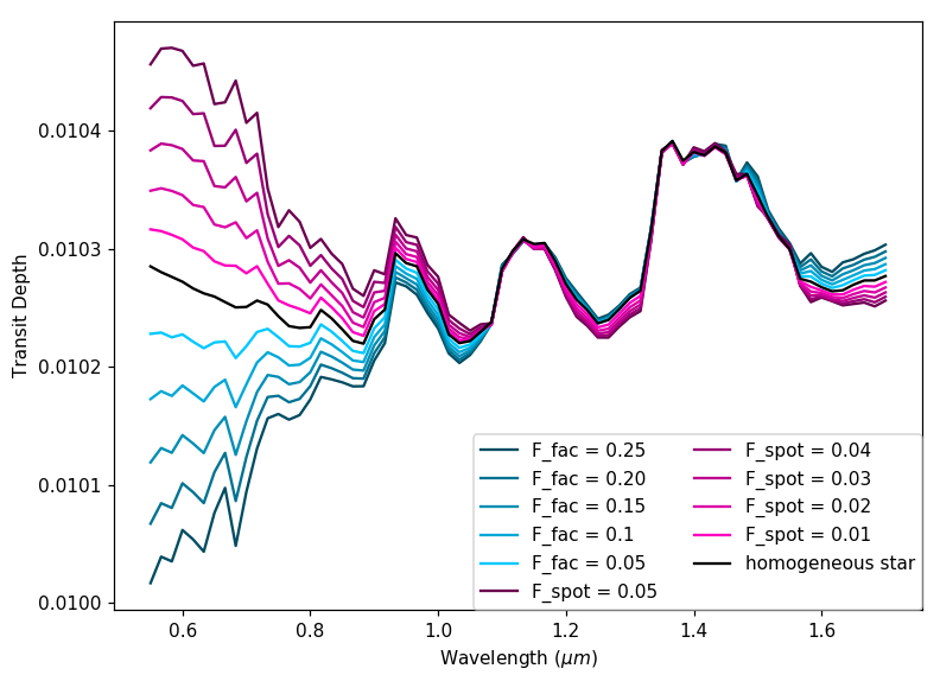EXOA8
Connecting stellar high-energy phenomena with exoplanet observations
Conveners:
Donna Rodgers-Lee,
Gopal Hazra,
Carolina Villarreal d'Angelo
|
Co-conveners:
Maximilian Guenther,
Gaitee Hussain,
Katja Poppenhaeger
Session assets
Discussion on Slack
Orals: Thu, 22 Sep, 10:00–11:30 | Room Andalucia 3
Chairperson: Donna Rodgers-Lee
Observations
10:00–10:15
|
EPSC2022-1011
10:15–10:30
|
EPSC2022-266
|
ECP
Modelling
10:30–10:45
|
EPSC2022-1186
|
ECP
10:45–11:00
|
EPSC2022-1173
|
ECP
11:00–11:15
|
EPSC2022-1241
|
ECP
11:15–11:30
Discussion
Posters: Thu, 22 Sep, 18:45–20:15 | Poster area Level 2
Chairperson: Maximilian Guenther
L2.50
|
EPSC2022-641
|
ECP
Effect of stellar coronal mass ejections and flares on the atmosphere of hot Jupiters and their transit signatures
(withdrawn)
L2.51
|
EPSC2022-1129
|
ECP
Unravelling the origin of ultra-short period exoplanets: Discovery of a dense, ultrashort-period sub-Earth planet transiting a nearby red dwarf star
(withdrawn)
L2.53
|
EPSC2022-1249
Energetic particle fluxes for exoplanets orbiting M dwarf stars
(withdrawn)


